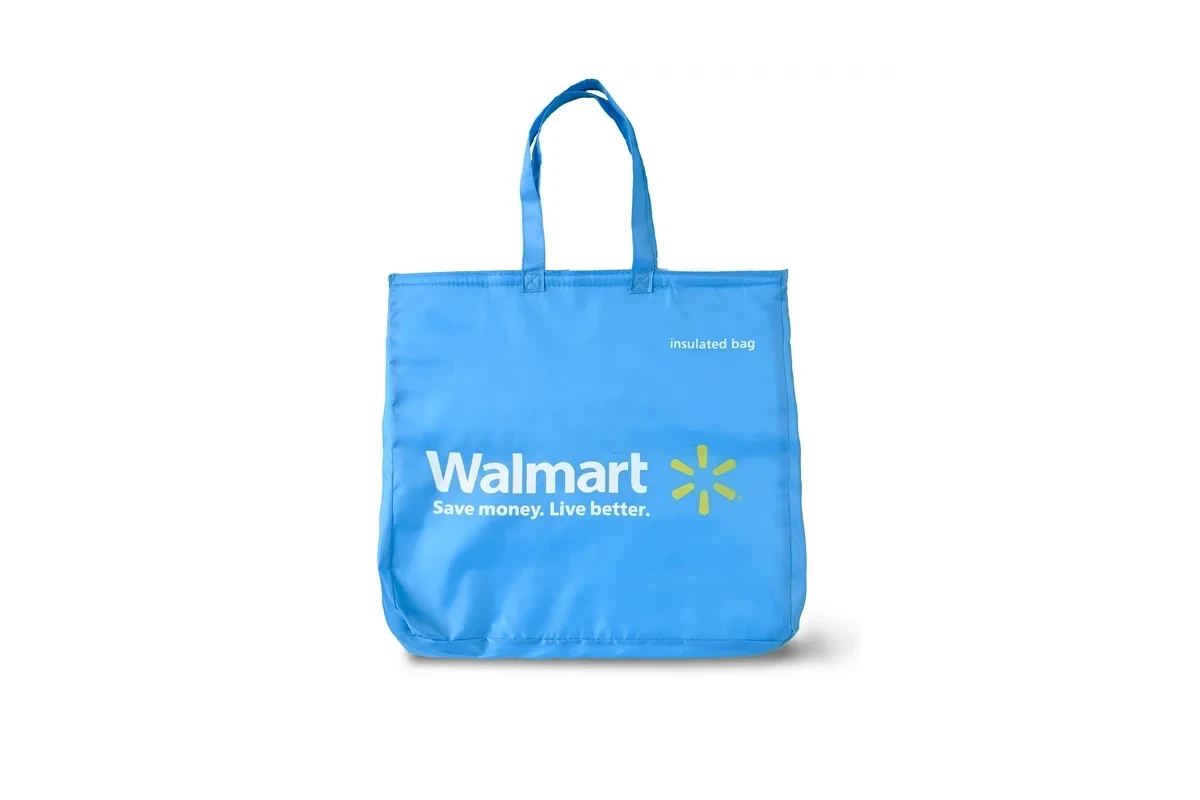Walmart, along with other retail giants, has been employing increasingly stringent security measures, and customers walking through the aisles may often see common items behind locked displays. This development is in response to a rise in retail theft, which has significant financial implications for retailers. The strategy of locking up items is seen as a safeguard against such losses, with the intent to reduce the incidence of stolen goods.
However, this method of theft prevention doesn’t come without its trade-offs. While it may deter theft, locking up items can also affect the shopping experience, potentially leading to dissatisfaction among customers. The inconvenience of having to wait for an employee to unlock a case just to access everyday products like toothpaste or razors might discourage shoppers, impacting sales and customer relations.

Reasons Why Walmart Locks Up Certain Items
| Reason | Description |
|---|---|
| Theft Prevention | High-value or frequently stolen items are targeted to reduce shrink (losses due to theft). |
| Inventory Control | Locking up some products allows Walmart to better track inventory and reduce inaccurate stock levels. |
| Safety | Items that could potentially be harmful (e.g., over-the-counter medication) may be locked up, either as a precaution or due to legal requirements. |
| Product Preservation | Some products may be locked up to preserve freshness or prevent accidental damage by customers. |
Important Considerations
- Location Specific: The items locked up by Walmart will vary by store location based on local theft patterns and specific inventory needs.
- Focused on Specific Items: Walmart doesn’t lock up every product, targeting the most problematic items.
- Customer Inconvenience: This practice can create frustration for customers seeking quick access to items.
Key Takeaways
- Locking up items is a response to increased retail theft.
- This security tactic can impact customer shopping experience.
- The measures taken may have consequences on store sales and relations with shoppers.
Retail Theft and Security Challenges
Retailers face increased challenges due to theft, resulting in varied strategies to protect goods, some of which include locking products in cases. This section explores how retailers are responding to theft and their efforts to safeguard their merchandise while maintaining customer satisfaction.
Rise of Organized Retail Crime
In recent years, there has been a noticeable increase in organized retail crime (ORC). Groups work together to steal from stores in a coordinated fashion. These stolen goods often end up for sale on online marketplaces.
Impact on Retailers and Strategies
The impact on businesses can be significant, leading to what the industry refers to as “shrink,” which is the loss of inventory. Retailers such as Walmart respond by employing strategies like locked cases to secure items ranging from electronics to personal care products.
Technological Advancements in Loss Prevention
Companies are turning to technology to combat theft. Innovations like Indyme’s “smart” shelves and Freedom Cases help detect and prevent theft without restricting access to products for legitimate customers.
Implementing Store Policies and Their Effects
Retailers implement strict store policies to deter shoplifting, but these can affect the shopping experience. While locked cases may prevent theft, they can also create friction for shoppers, causing delays and potential loss of sales.
Consumer-Focused Approaches to Shoplifting
Retailers are exploring ways to deter theft with consumer-focused methods like improved customer service and in-store experiences to reduce the opportunity for shoplifting.
Geographical and Retailer-Specific Responses
The response to retail crime varies by location. Cities like San Francisco and New York experience high levels of retail theft, prompting stores to adopt region-specific security measures.
Public Perception and Media Coverage
Media reports influence public perception of retail theft. Coverage focuses on the ways theft impacts both retailers and consumers, from locked-up items to in-store losses.
Economic Implications and the $100 Billion Problem
The National Retail Federation views retail crime as a major economic issue with an estimated loss of $100 billion each year. This affects not only profits but also the price and availability of consumer goods.
Partnerships and Industry Collaboration
Retail businesses, law enforcement, and organizations like the Retail Industry Leaders Association work together to address the issue of retail crime and find community-based solutions.
Statistical Analysis of Retail Shrinkage
According to the National Retail Security Survey, the average shrink rate climbed to 1.6% in 2022, up from 1.4% in 2021. This small percentage translates to a substantial loss in revenue, prompting the retail sector to prioritize loss prevention.
Product Accessibility and Customer Relations
Retail stores must strike a balance between safeguarding their products and providing a smooth shopping experience for customers. This section explores the strategies retailers implement and the outcomes of these measures on shopping habits and store operations.
Balancing Security With Customer Convenience
Retailers like Walmart install anti-theft devices and place items under lock and key to protect against theft. This increases security but can also add steps for customers to access products like cosmetics, razors, and electronics.
Changes in Customer Shopping Experience
When items are secured, shoppers experience a noticeable shift in the store layout and on-shelf availability. Access to products like deodorant or shampoo may require staff assistance, leading to delay for the shopper.
Retail Adaptations Post-Pandemic
After the pandemic, stores noticed a change in consumer behavior. Retailers adapted by securing items prone to theft and enhancing customer service despite the increased friction in the shopping process.
Locking Up High-Theft Items
Items commonly stolen, such as health and beauty products, power tools, and jewelry, are often locked away. This approach aims to reduce shrinkage—a term for inventory losses—while ensuring asset protection.
Addressing Customer Frustration
Customers can feel frustration due to locked shelves or ‘freedom cases’. Stores are aware and attempt to mitigate these feelings by improving customer service and streamlining the purchasing process.
Effect on Brand Reputation and Sales
Imposing security measures can protect merchandise but may also impact brand reputation and sales if the shopping experience suffers. A balance is essential to maintain customer retention.
Engagement With Law Enforcement and Agencies
Stores like Walmart work with law enforcement to handle organized retail crime which affects store losses. By collaborating with agencies, retailers aim to address the larger issue of property crime.
Insights From Industry Executives
Executives like Walmart’s Doug McMillon acknowledge the rise in theft and the need for improved loss prevention strategies. They share insights on managing the effects these measures have on the shopping experience.
Narratives in Social Media Discourse
Customers often express their views on social media, discussing how locked up items affect their shopping. This discourse reflects the public perception of retailers’ anti-theft strategies.
Impact of Locking Items on Different Demographics
The practice of locking items can affect demographics variably. Some customers may feel targeted or discriminated against, which can indirectly affect their shopping habits.
Prevention vs. Customer Deterrence Debate
Locking items deters theft, but retailers also consider whether it deters regular customers. They must weigh the benefits of loss prevention against potential declines in customer satisfaction and overall sales.
Frequently Asked Questions
Walmart takes certain measures to ensure the security of items within its stores which include placing products in locked cases. This section addresses common queries regarding these security measures.
Why are certain products secured in locked cases at Walmart?
Products at Walmart are secured in locked cases to prevent theft. These products typically have high theft rates which can impact store profitability.
What are the reasons behind Walmart’s decision to lock up certain items?
Walmart locks up items to reduce losses due to shoplifting. Locking products helps maintain affordable prices for customers by minimizing theft-related costs.
How does Walmart determine which products to place in secured cases?
Walmart analyzes theft data to identify items that are frequently stolen. Items with higher theft rates are more likely to be placed in secured cases.
Is there any specific security policy that Walmart follows for locking up products?
Walmart’s security policy for locking up products includes assessing theft risks. The policy aims to balance product accessibility with loss prevention.
Why are personal care items like shaving cream locked at Walmart?
Personal care items such as shaving cream are locked up because they are commonly targeted by thieves. These small, easily concealed items are at greater risk of being stolen.
What factors contribute to the increased security measures for merchandise at Walmart?
Factors include the theft rates of specific items, store location, and historical data on shoplifting incidents. Walmart uses this information to decide on security measures for different products.







